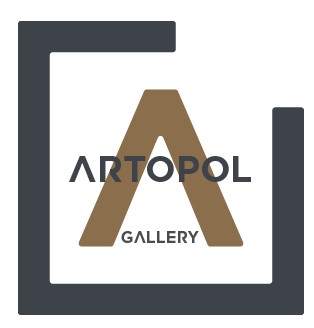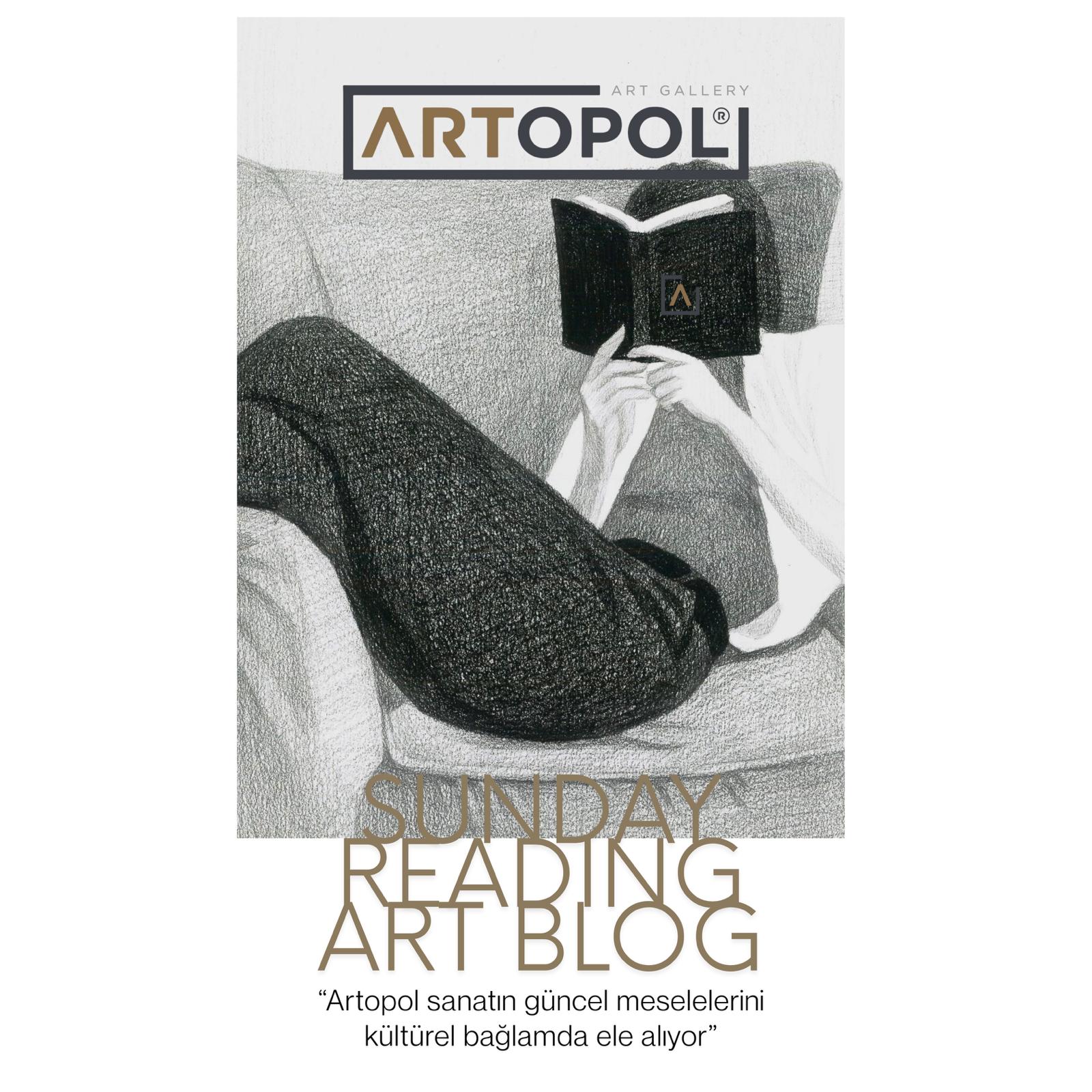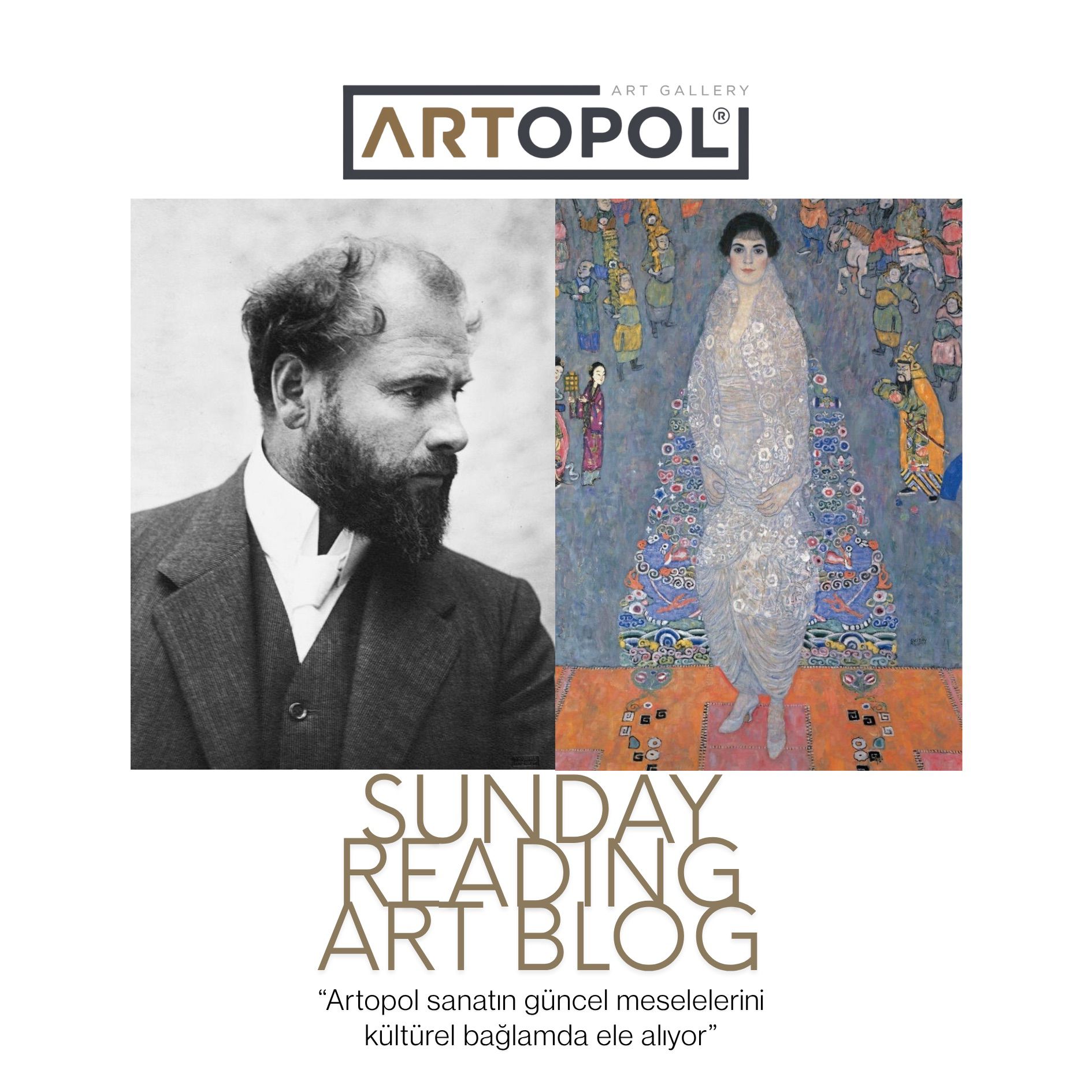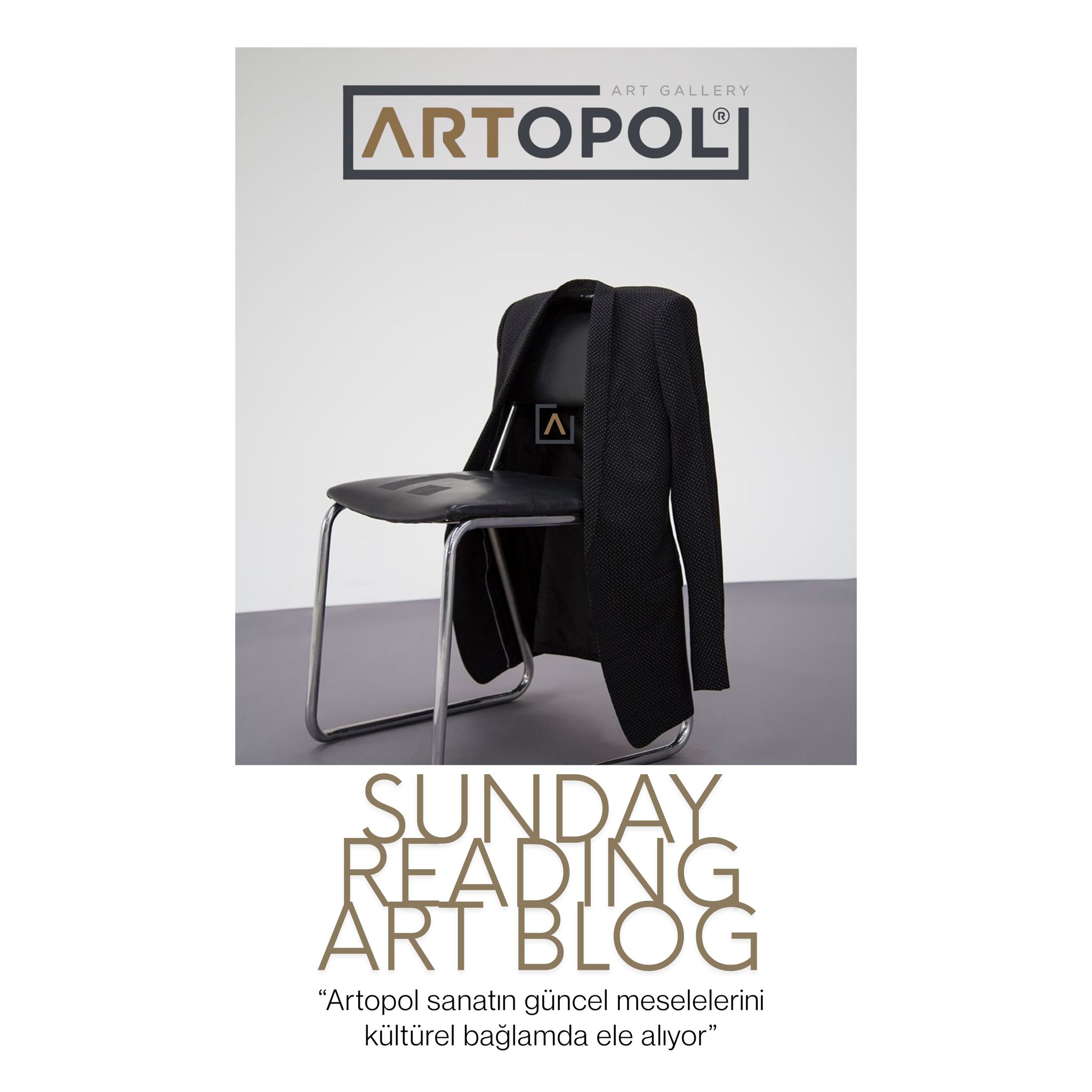Printmaking is the mechanical creation of text and images using paint and ink. The functions of copying and reproducing are distinct features of printmaking. The printing technique was first used in Germany. We will soon discuss more details about its history. Printmaking primarily reflects our thoughts and emotions. This function is followed and utilized by the printing, advertising, promotion, and event organization industries. Its main types are linoleum, stone, and wood printing.
With the rapidly developing and evolving technology of today, cultural and economic shifts have led artists to seek new forms of expression and imagination. It is known that technological advancements have shaped printmaking techniques, while also increasing their variety (for example, digital printing, video printing) and at the same time encompassing traditional methods within them. Although graphics, in the traditional sense of the word, often ignore conventional uses, softness, and margins, the artist’s signature remains distinctly original. The truth is that diversity continues to grow, and in a limitless environment, new discoveries are inevitable. Therefore, it can be said that experimental and intellectual methods, as well as interdisciplinary approaches, have brought new momentum to graphic arts.
Printing Techniques
Lithographic Printing
Lithography is a type of printing based on the principle that oil and water do not mix. It is created by printing figures and text drawn with oily ink on limestone onto specially prepared paper. This technique, also known as lithography, is considered to be the first example of modern offset printing. Modern offset lithography has its roots in this method. Limestone was later replaced by zinc and aluminum plates called matrices, prepared using photochemical processes.
The lithographic technique was developed in 1796 by German actor and writer Alois Senefelder, who sought to reduce the cost of posters used in theaters. However, this technique remained a secret until the publication of *Vollständiges Lehrbuch der Steindruckerey* (The Complete Lithography Manual). The limestone used for printing gets its porous structure from calcium carbonate. Before printing on paper, the plate-shaped stone, which is 6–8 cm thick, is polished until smooth. After the text and/or image is applied to the surface, it is printed onto paper with a special ink. Ink is the most crucial detail in this printing method.
C Print Diasec
C-Print, or chromogenic print, is a chemical print obtained from color photography. The prints made on light-sensitive photographic paper exposed to real light are permanent, high-resolution, and feature bright colors. C-Print Diasec is created by combining the C-Print technique with the Diasec method, which we will discuss next.
Diasec Printing
This patented presentation technique permanently bonds high-resolution, high-quality prints on special photographic papers with transparent acrylic glass. Thanks to the way light refracts through the various light transmission properties of acrylic glass, photographs appear sharper, more vivid, and more colorful than with ordinary glass. It brings out the best in your photographs, allowing you to see fine contours, deep contrasts, and crisp details.
Digital Collage C-Print
Collage is the combination of various materials on a surface according to a specific composition. Materials such as photographs from magazines, newspapers, and unwanted mail can be used for this purpose. After these materials are cut at right angles, they are glued onto paper or canvas surfaces. When collages are created digitally and printed using the C-print technique, unique and striking prints can emerge.
Fine Art Printing
Fine Art printing is the choice of professionals who strive for maximum quality, durability, and realistic colors. The three main elements that define Fine Art printing are specialized reproduction machines, the quality of inks used, and the printing materials. Papers and canvases made of cotton or alpha cellulose used in this process provide depth and artistic character with different textures and do not yellow or crack because they are free of bleaching chemicals, acids, and lignin. For this reason, Fine Art prints are the top choice for works that will be exhibited for extended periods in museums and art galleries. Specially developed Fine Art printers, adjusted for precise detail, quality, and color accuracy, easily deliver the desired results, while the water-based inks ensure the truest colors that defy time and preserve the work’s original appearance for many years.
Special Canvas Printing
A canvas is a tool that allows you to paint with various colors on a white fabric stretched over a wooden frame. Canvas printing is the technique of printing a chosen image, often in black and white, onto canvas. This method appeals to both amateurs and professionals interested in painting, as printing on canvas makes the painting process easier. By sending the photograph you want to work with, you can have it printed on canvas and then paint over it freely in your desired colors.
Original Printmaking
Unlike similar forms, original printmaking is generally not considered as unique as paintings on canvas. However, primitive printing technology, like other visual arts, is a distinct medium of creation. The texts and images created in artistic printing are reproduced using various materials and techniques. Printing has existed since ancient times and has continued to evolve to the present day. Printing refers to the process of repeatedly producing identical pieces. Artistic prints, however, are original works and should not be confused with other types of printing. Like other forms of art, they are not copies but carry the artist’s signature, which gives each work its artistic value.
Porcelain
In porcelain printing, preparation begins in the graphics department. After size and color separations are made, the vector drawing is sent for film output. It is then processed in an exposure machine, and suitable silk screens are printed on automatic or manual machines. At this stage, color preparations are made, and special serigraphy papers are used for printing. Finally, prints are applied to the appropriate areas of porcelain or ceramic products and sent to the firing section.
Black and White Photography
Black and white pigment printing, offering archival quality, delivers deep shadows and highlights with sharp and contrasting details. Black and white pigment prints are preferred by galleries for their tonal quality and archival durability. This printing method, produced using Giclée Fine Art printing on fine art paper, differs from C-type prints that produce minimal or no color tones, as it creates true-tone black and white images and prints.
The Emergence of Printmaking in the World
Engraving — creating patterns by carving lines into a hard surface — is considered one of the oldest art techniques. The tendency of humans to carve designs into hard materials dates back to the Paleolithic era. Lines carved with sharp tools into materials such as stone, horn, and bone are regarded as the earliest examples of printmaking today.
In Europe, printmaking gained importance after the 15th century, when various masters began reproducing paintings by copying them. This practice stemmed from the influence of the Renaissance, which rekindled interest in ancient Greek and Roman sculpture. One of the greatest masters of printmaking was Albrecht Dürer (1471–1528). Using techniques such as woodcut, drypoint, and acid etching on copper, printmaking took on an entirely new meaning in his hands. Dürer employed all the possibilities of hatching, stippling, and crosshatching, carving details with great precision and achieving effects of texture and tone.
In the 19th century, the invention of photography and the public’s indifference toward reproduction techniques pushed graphic artists to seek new directions. By the end of the century, scientific innovations and their applications in daily life brought about social change, which inevitably influenced artists as well. During this period, masters such as James Ensor and Rensir used the innovations of their time to create graphic works in their own styles, employing various techniques.
The Emergence of Printmaking in Turkey
With the establishment of the School of Fine Arts (*Sanayi-i Nefise Mektebi*) in 1883, the Engraving Department (*Gravür Dairesi*, or *Hakkaklık*) was also founded. The department went through a challenging period until 1897, when printing techniques were first included in education and the workshop was directed by Nesim Efendi until the founding of the Republic. The workshop was later closed in 1936.
During the Republic, the Western perception of culture became the dominant perspective in all areas of life. To institutionalize this educational system in Turkey, educators and experts were regularly brought from abroad. In this context, one of the most significant experiences in printmaking was the arrival of Leopold Levy in Istanbul in December 1936, upon the invitation of the Turkish government, to take over as head of the painting department at the Academy.
After the 1960s, thanks to the technical and aesthetic knowledge gained from the West, a professional relationship with graphics was established, and a significant shift occurred in artists’ perspectives. Artists who specialized in Germany and France returned to their homeland having learned all aspects of graphic arts, just as in the West. After this period, many new artists and original works emerged in Turkey.



